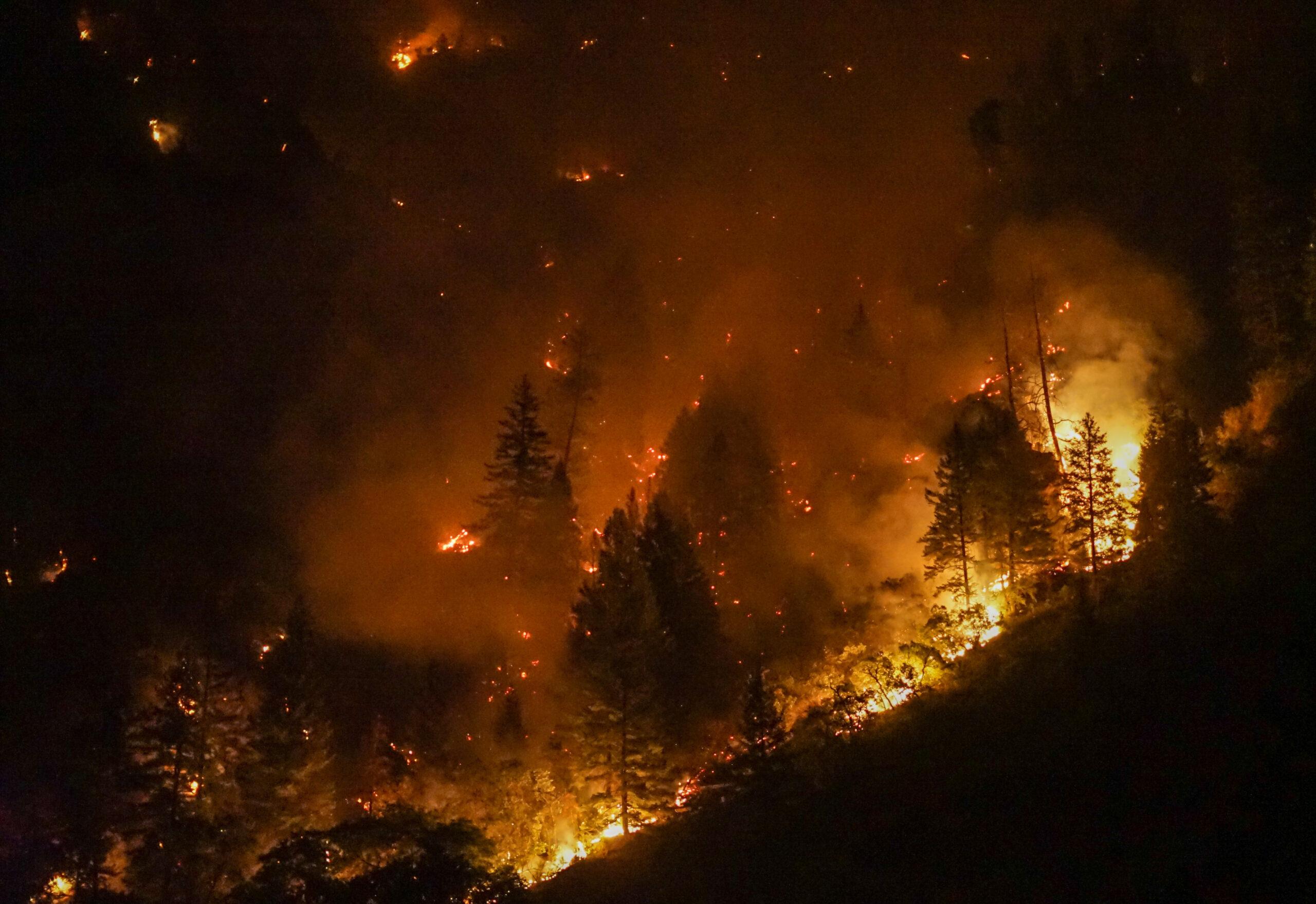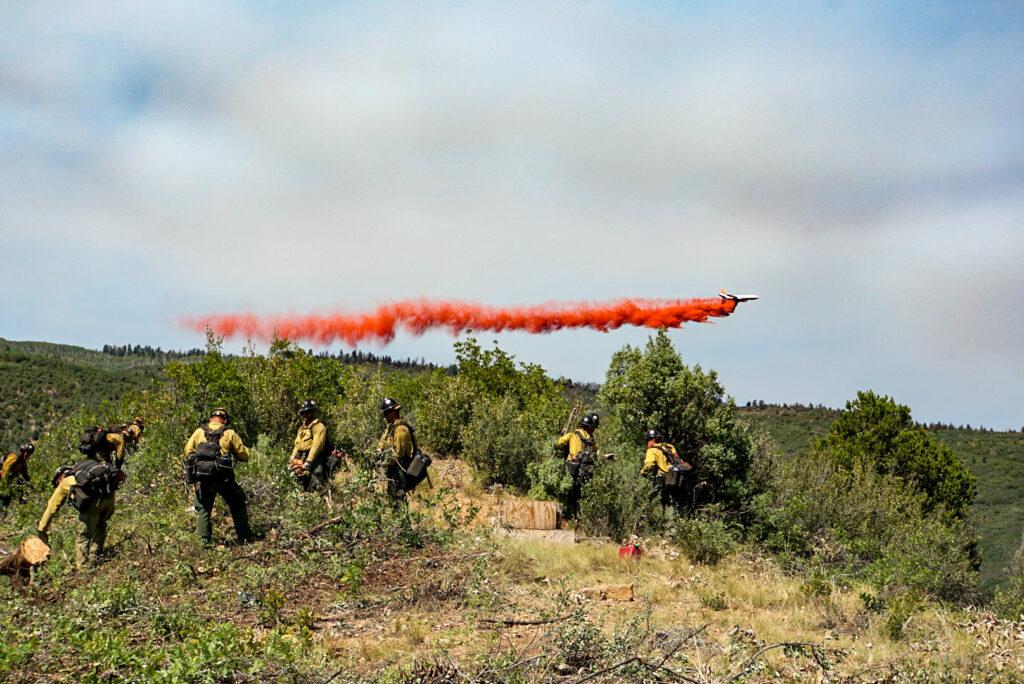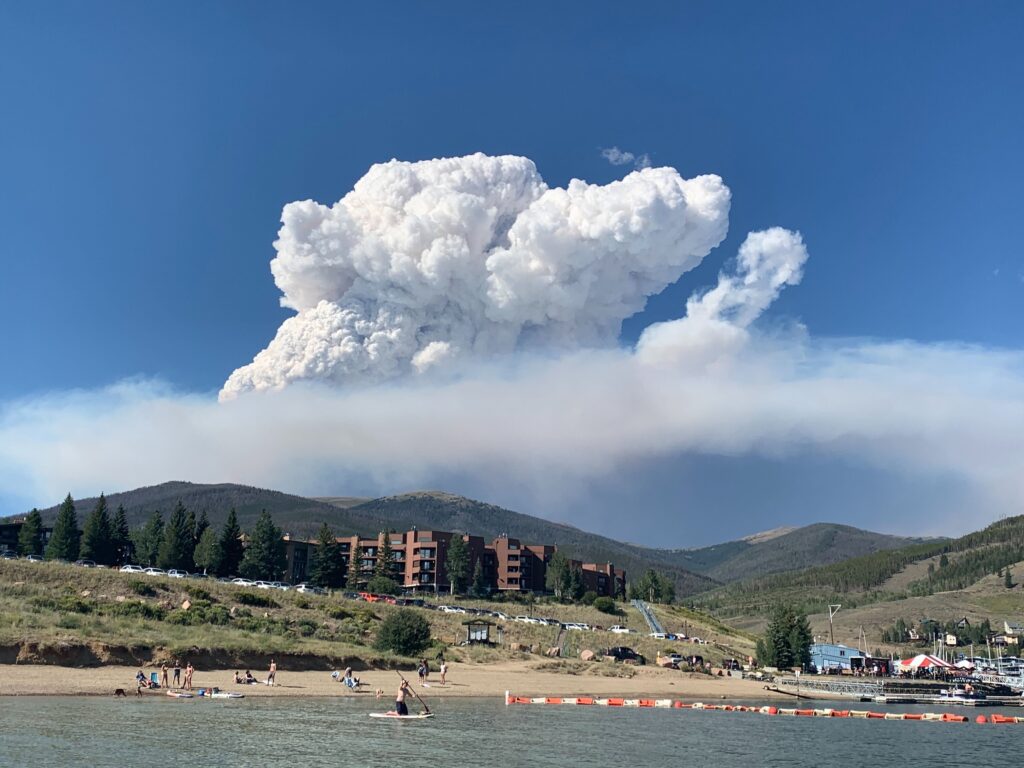
More than 125,000 acres of Colorado have burned as four different wildfires continue to rage in different parts of the state. All the fires are fueled by the heat, the low humidity and the wind. Not to mention the drought that Colorado is experiencing.
Mother Nature won't be lending a hand as the weather is going to continue to be dry and hot.
“There’s very minimal chances of rainfall, especially in the lower elevations where we need the rainfall,” said Dennis Phillips, a meteorologist from the National Weather Service in Grand Junction. “We’re stuck in a summer pattern where there’s no relief in sight so it’s pretty miserable.”
Colorado didn’t get much of a monsoon this year which made the dry conditions even worse. In turn, that makes for an unusually active wildfire season.
“Normally, between mid-July and August, we would be getting on-and-off thunderstorms,” said Frank Cooper, a meteorologist from the weather service in Boulder. “That really hurt most of Colorado. It’s been a bad year.”
The Pine Gulch Fire north of Grand Junction is the fourth-largest wildfire in state history at 82,838 acres as of Aug. 16. Lightning started the fire in July and it’s been rapidly increasing in size since.
The Grizzly Creek fire near Glenwood Springs is also growing. The fire grew by nearly 6,000 acres over the weekend to 25,690 acres. Interstate 70 is closed in Glenwood Canyon indefinitely because of the fire. Cottonwood Pass also remains closed.

Personnel are primarily focused on structure protection. The fire is also too dangerous to put people near the fireline.
“We’re using as many dozers as we can to help construct a really solid fireline,” public information officer Brian Scott said.
Scott said there are 625 people working on the Grizzly Creek Fire and more personnel and equipment will come over the next few days.
The Cameron Peak Fire near Walden doubled its size from Saturday to Sunday to 12,124 acres, according to public information officer Kristie Saldmann. The western and southern sides of the fire have been the most active. Because of the fire, Colorado Highway 14 is closed from Rustic to Gould.
Larimer County still has evacuation orders for Highway 14 north to Deadman Road and Four Corners and from Red Feather Lakes west to Cameron Pass. The area around Long Draw Reservoir is also under a mandatory evacuation order.
“Right now, our crews are looking at this fire in a big-box situation,” Saldmann said. “That means fire activity and behavior is too extreme to put firefighters near the edge of that fire.”
Instead, the priority for firefighters on the ground is structure protection which includes moving any debris away from any property that could potentially be fuel for the fire.

The Williams Fork Fire in Grand County reached 6,345 acres as of Aug. 16. The fire incident command is working with the county on an evacuation plan for Fraser, given that the fire is burning about 7 miles away from town. Forest closures are in effect west of Winter Park and Fraser which includes Vasquez Creek, St. Louis Creek and Church Park.
All of these fires combined are spewing enough smoke that large swaths of the state are under an air quality health advisory. The advisories recommend staying indoors if smoke is thick in your neighborhood, especially for at-risk people like those with respiratory illness, the very young and the elderly. All four fires are mentioned in the Colorado Department of Public Health and Environment alerts, which went into effect at 9 a.m. Sunday and extend to 9 a.m. Monday.
Several fire incident commanders said that people should be prepared for these fires to burn for weeks.
Ed LeBlanc, commander of the William Fork Fire, said that fire likely won’t be contained until October. And Jared Hone, deputy incident commander for the Rocky mountain blue team, said that the Cameron Peak Fire will also be a long-term fire.
“We don't have a lot of relief in sight for weather so we need to be prepared for the long haul,” Hone said.








